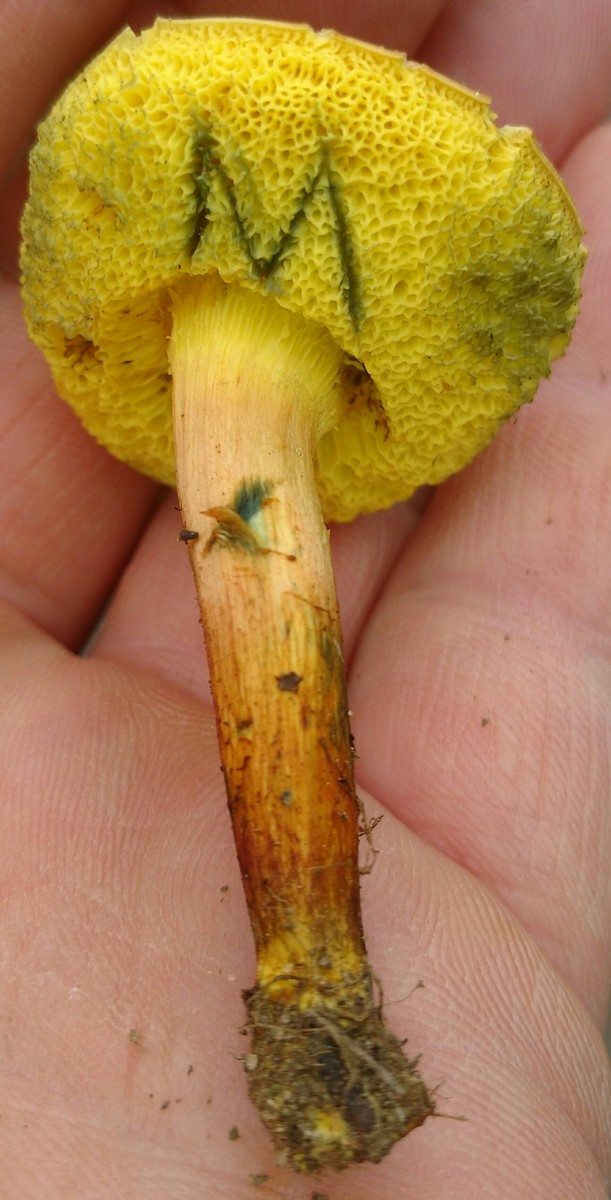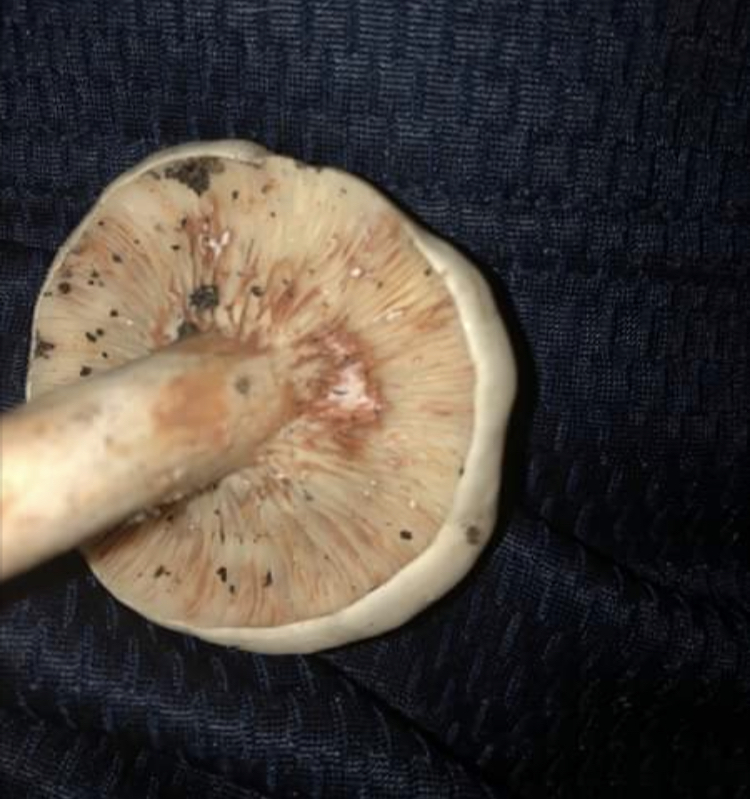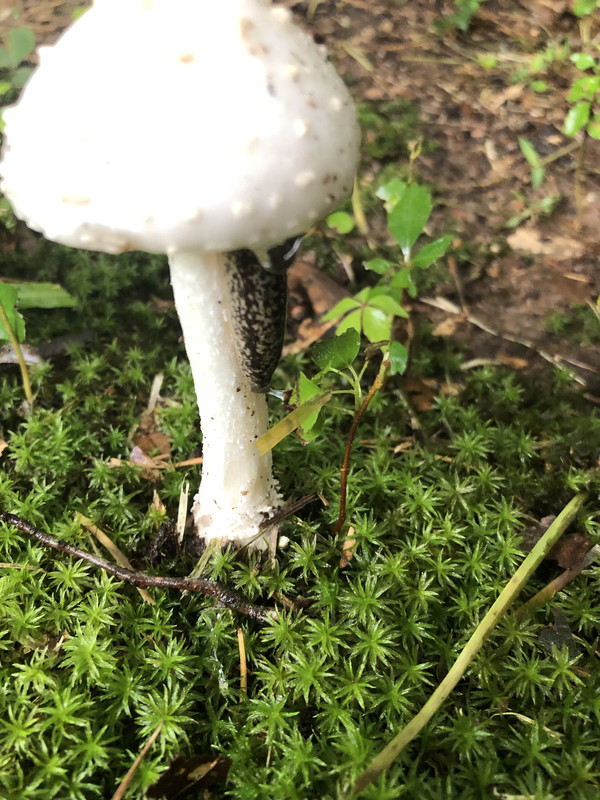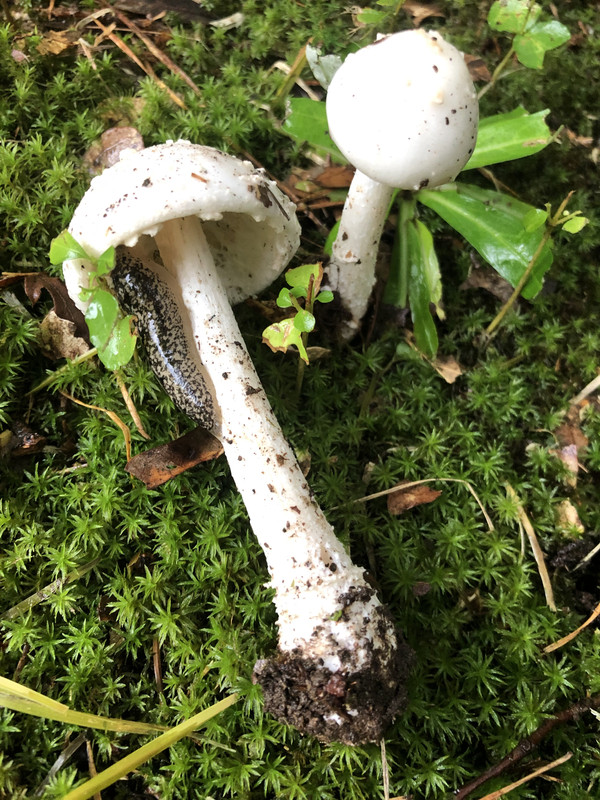- Joined
- Sep 25, 2010
- Messages
- 36,550
- Reaction score
- 1,551
@Stranger Come Knocking with Boletaceae it is prudent to damage the fertile surface and note any staining immediately and after some length of time (5 minutes is usually sufficient). This one below (not my photo) stains blue, this is indicative of a variegatic acid containing species.

A similar practice can be done with the latex produced in genera Lactarius and Lactifluus when the lamellae are damaged. This Lactarius subvernalis var. cokeri (my photo) produces white latex immediately, becoming red over time.


A similar practice can be done with the latex produced in genera Lactarius and Lactifluus when the lamellae are damaged. This Lactarius subvernalis var. cokeri (my photo) produces white latex immediately, becoming red over time.







